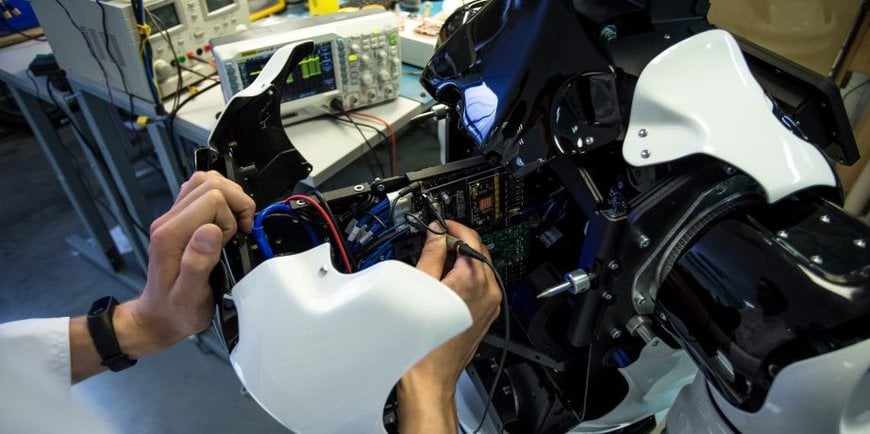www.industry-asia-pacific.com
28
'20
Written on Modified on
SIX ESSENTIALS FOR YOUR ROBOTICS CLASS
The robot industry reaches much farther than mere production, use, and maintenance. It is also an educational field, where students of different countries and specialties learn the basics of programming, engage with electronics, circuitry, 3D, etc.

In this article, we’ll take a look at six essentials for any robotics class. They comprise the perfect environment to learn one of the most fast-pacing industries of today.
Robot kits and sets
This one is diverse: there is LEGO Education, MATRIX, Tetrix, My Robot Time, VEX Robotics, and many others. Each has a specific application or special features. Some robotics teachers use a single company; others combine different kits to arrange various tasks. Your students’ age is another thing you should keep in mind: different sets are developed for different age groups.
Hardware and software
Let’s say you have just built your robot. Congratulations! Now, you need to program it. High-performance laptops are your best choice for that: use them to work on-the-go or outside of the school. Some people use tablets, which is often questionable; most of the time, a good build is just as essential as flexibility. A decent video card and CPU, or at least something that can run C, C++, Python, Basic with no hiccups, should suit you fine.
Appliances
So, you’ve got a robot kit, plus a good PC. Anything missing? Consider appliances for exceptional cases: at different lessons, you might need distance sound and light sensors, thermometers, strain gauges, flex sensors, encoders, gyroscopes. If you plan to solder, you need everything related to that: soldering kits, nuts and bolts, wires, screwdrivers, drills, and pliers.
That is an impressive list. But there’s more: robotics schools don’t stop at preset robot sets. Sometimes a part of a student course is manufacturing details from raw materials: you will need lots of plywood, benches, and jigsaws.
Testing area
Once your robot is ready, it’s time to test it out. If you want to do competitions between the students, think of specially designed battlegrounds and the robot’s tasks. Oh, and don’t forget about the furniture! If the paint on your school’s walls is still wet, consider desks, chairs, drawing boards, shelves, and boxes for robots and their parts.
Training robots and educational devices
If assembling your creation is a bit too much for starters, you could look at how a pre-existing robot works. There are multiple educational robots readily available and sometimes even supplied with guidelines for disassembly and observation of their inner workings. Many lab robots are the smaller versions of real-life technologies ― most desktop robotic arms are built using the same principles as real industrial robots. You can utilize service robots and learn more about their software, recognition systems, etc. With that, your students’ robot will be even more advanced.
3D printer
If the plywood and detail manufacturing scares you, you could create parts with a 3D printer. Pre-existing robots can receive new features and enhancements. The printing parts process is far more engaging, especially if you compare it to cleaning yourself and students from the sawdust.
If a full-fledged 3D printer is too costly, try 3D pens. Sure they won’t handle a full-fledged production of robot parts, but printing out tiny pieces shouldn’t be a problem. Even with a small but quirky tool, you can keep students engaged for much longer.
Remember that to teach robotics, you don’t need to have every single tool or all the possible robot parts. Think of your teaching strategy first; prioritize getting a few kits plus a few essential tools. Peripherals and furniture will come around: at the end of the day, it’s about what you want to teach people.
www.promo-bot.ai

